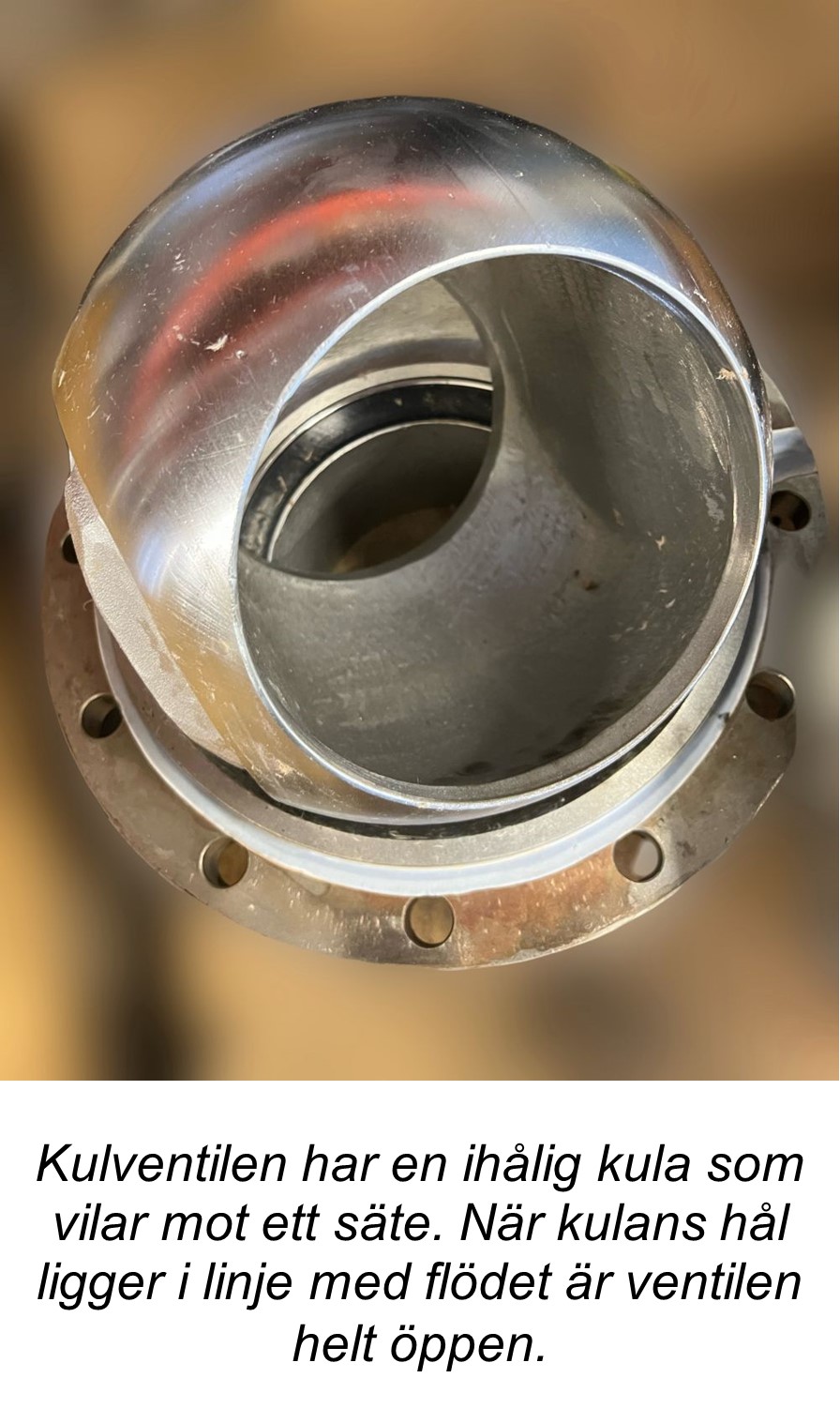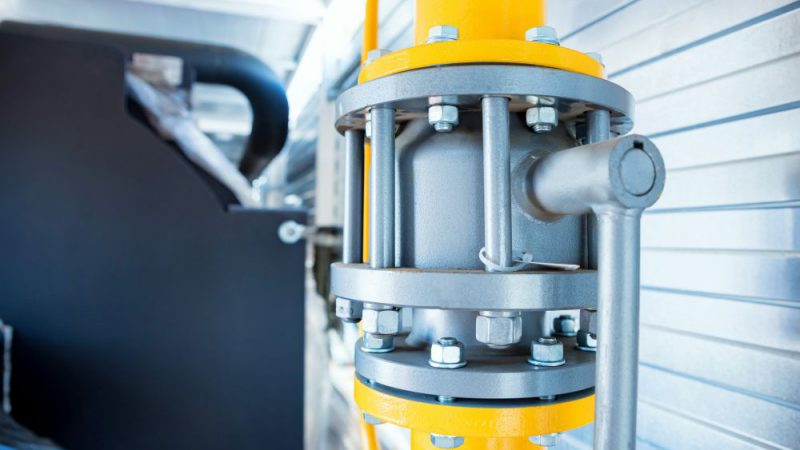The ball valve - reliable valve type for demanding applications
The ball valve is a reliable type of valve with few moving parts that is often used in demanding applications, for example in flows with a high content of particles. Ball valves can be expensive to purchase. Refurbishment is therefore often a viable alternative to replacement ? it can reduce the cost by as much as 70-80%.
The ball valve is a very useful type of valve that comes in a variety of designs and can be used with a wide range of media, gases as well as liquids. It is used both for regulation and for shut-off. The ball valve consists of a hollow ball resting in a spherical valve seat. When the hole of the ball is in line with the pipe, the valve is fully open. Nothing obstructs the flow and the entire diameter can be used to transport the medium. The position of the ball is usually controlled by a lever. When the lever is in line with the line, the valve is open, while a lever at a 90° angle to the line indicates that the valve is closed. On small valves, the lever is manoeuvred by hand, while larger valves are controlled by hand gear. The valve can also be operated remotely with an actuator.
Few moving parts
The other parts of the valve are the stem, stem packing and the seat rings that form the seal between the ball and the valve body. The small number of moving parts makes this a very reliable type of valve for process flows. When the valve is open, the seat rings are protected from the flow by the position of the ball, reducing wear. In the closed position, the flow presses against the ball, which in turn presses against the seat ring, improving the sealing ability. This provides a high level of safety during shutdown Ball valves are widely used in the pulp and paper industry, including all types of liquor. It also works reliably for flows with large amounts of particles.
In terms of size, ball valves are usually between 15 and 800 mm, the vast majority between 50 and 300 mm. To make the ball valve suitable for different applications, there are many different types of seal, materials on the ball and coating on the ball sphere. In some ball valves the seal should be fixed, in others it should be able to move.
Low friction between wear surfaces
Although the valve type is very reliable, some wear is inevitable. There are several different sealing surfaces that can develop leaks. To reduce wear on the seal, the ball is usually coated with a high-gloss material, such as chrome, while the seat rings may be made of a hard material such as stellite or tungsten. There are also soft-sealing ball valves where the seat ring is made of Teflon. Low friction is necessary as the ball is often tight against the seat ring. If the pressure in the line is, for example, 10 bar, it can be difficult to manoeuvre.

Renovation of ball valves
If the valve starts to leak, it is important that it is serviced before too much damage occurs. Ball valves can be very expensive to replace. But there are great opportunities to renovate an existing ball valve. Both the ball and the seat rings can be ground. Once the ball and valve seat have been ground, the dimensions may have changed, so that the valve no longer seals against the seat rings. In such cases, Vimab can manufacture new seat rings that are slightly oversized to compensate for the lost material. It is also possible to build up new material using PTA welding.
Compared to buying a new valve, refurbishment can save 75-80% of the cost. Vimab can repair all brands of ball valves on the market. In cases where the valve needs to be replaced, Vimab stocks Neles, NAF and Somas ball valves.
Click here to see which ball valves we currently have in stock. http://ventillager.vimab.se/


